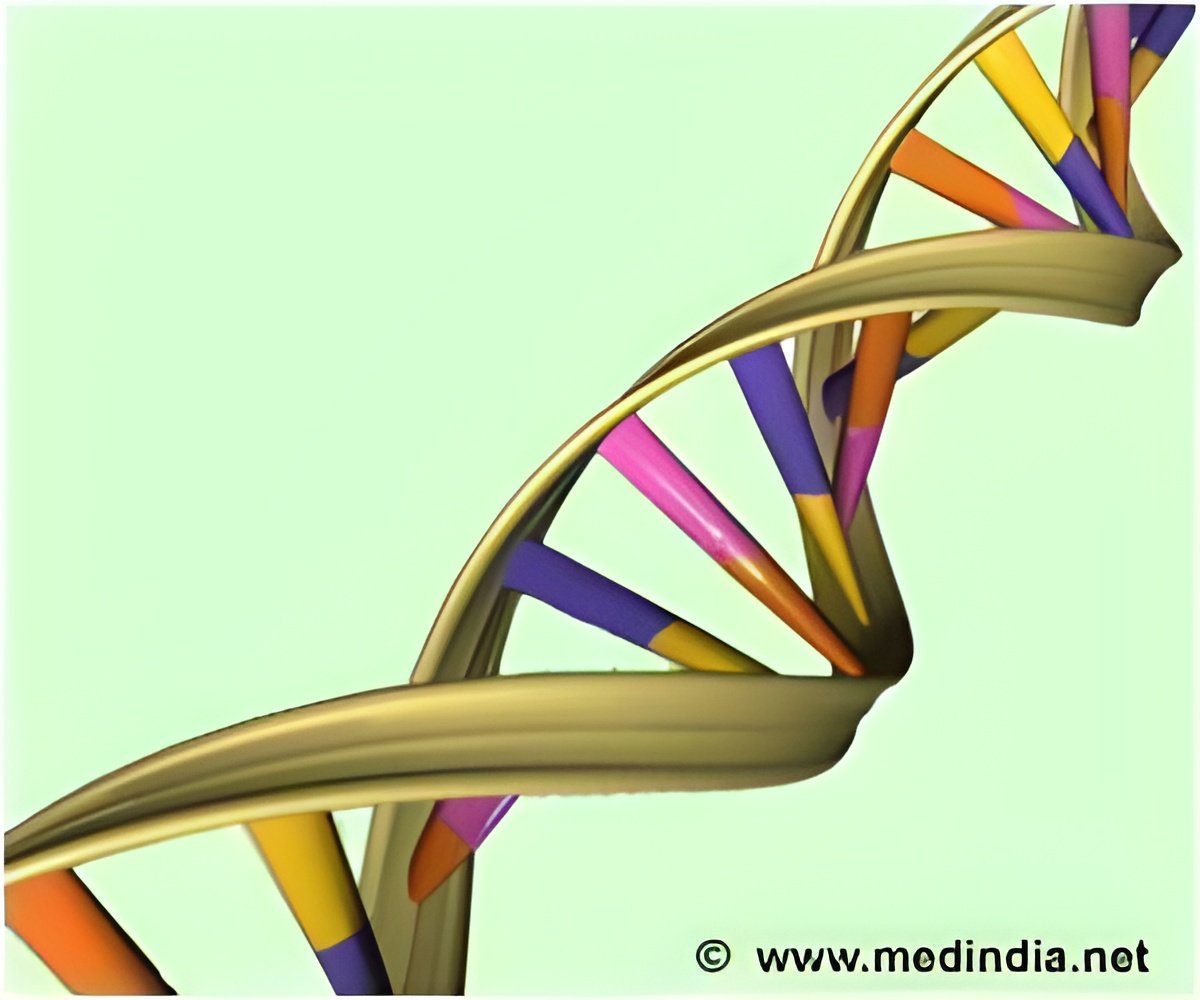At the single-cell level gene expression is highly variable and quite different than expected, which is now shedding light on the molecular causes of rare diseases.

‘In human imprinting disorders, imprinted genes are abnormally turned on for both the maternal and paternal genomes.’





"This is a great example of cross-school collaboration," said co-senior author Marisa Bartolomei, PhD, a professor of Cell and Developmental Biology in the Perelman School of Medicine. Her colleagues are co-first author Jennifer M. Kalish, MD, PhD, an expert in rare growth disorders from The Children's Hospital of Philadelphia, and co-first author Paul Ginart, an MD/PhD candidate, and co-senior author Arjun Raj, PhD, both from the School of Engineering and Applied Sciences at Penn, who devised the technology to image single genes in individual cells. The team published their findings in Genes & Development. "With this new technique, we can now see which cells express which genome," Bartolomei said. Silence of the Genes
For most genes, people inherit two copies, one maternal and one paternal. However, in the case of a phenomenon called imprinting, offspring inherit only one working copy of a gene, and depending on its parental origin, expression of the gene is controlled by an added methyl group during egg or sperm formation to physically tighten DNA so it cannot be read to make RNA and ultimately protein.
A small number of genes are imprinted but are critical to normal development. Imprinted genes are normally turned on from either the maternal chromosome or the paternal chromosome, but not both. In human imprinting disorders, imprinted genes are either abnormally turned on for both the maternal and paternal genomes, or abnormally turned off from both genomes. Abnormal expression can be linked to genetic mutations and mistakes in the placement of the methyl group (a function of epigenetics).
Variability from cell to cell in which genes are expressed in the same organ may help explain why many diseases show a "mosaic" pattern, with different parts of the body exhibiting different degrees of disease. This hodge-podge can happen because of errors in imprinting.
Advertisement
Help from the Rare
Advertisement
These syndromes display a range of symptoms, which happens because some cells in a given organ express maternal genes while others express paternal genes. "But the mom genes are the ones that limit growth of cells," Kalish said. "This means that the mosaic pattern is really a mix of normal cells and abnormal cells -- with a disrupted balance between mom's do-not-grow signals and dad's grow signals, in the same tissue. This is what accounts for an enlarged or too-small organ in the same person." In some cases, patients may even have differently sized pairs of kidneys.
Using mice, the team compared cell genomes in normal mice versus Russell-Silver syndrome mice. At the cell population level, they asked which individual cells have correct maternal imprinting and which cells have abnormal maternal imprinting for the H19 gene. In Russell-Silver mice both maternal and paternal H19 is expressed.
Using Raj's new technology, they developed a molecular probe to detect a single nucleotide change in the RNA expressed in mom's versus dad's genomes to show which is expressed cell by cell. This method measured gene-variant specific expression in single cells. In the mouse model of Russell-Silver syndrome, they found that some cells had RNA from both the maternal and paternal version (abnormal--as seen in Russell-Silver patients) while other cells had only the maternal RNA (normal).
"We showed that mutant mouse embryo fibroblast cells are comprised of two subpopulations: those expressing both maternal and paternal H19 versions [abnormal] and those expressing only the maternal copy [normal]," Bartolomei said. "Only in the latter normal cell population is Igf2 expression detected."
In the Russell-Silver mice, all cells had the same genetic change but not all cells had the same DNA methylation pattern, explaining the mosaic arrangement of gene expression by epigenetics -- the normal silencing of a version of a gene by the added methyl group during egg or sperm formation.
The two mutant subpopulations of cells exhibited distinct methylation patterns at the imprinting control region of their respective genomes. The cells that expressed H19 from just the maternal genome had the correct DNA methylation pattern while the cells that expressed H19 from both maternal and parental genomes exhibited a loss of H19 DNA methylation. Importantly, they also observed the same two subpopulations are also present within mouse heart tissue, showing the same defect in a living whole mouse.
"This is the first time that epigenetic mosaicism has been demonstrated at a single cell level," Bartolomei said. "What this means is that epigenetics -- the balance of tightening or loosening of DNA to control which genes are expressed when -- is the driver of mosaicism at the cell population level. Our results establish that imprinting disorders can display striking single-cell heterogeneity and suggest that such heterogeneity may underlie epigenetic mosaicism in human imprinting disorders," Bartolomei said.
"The epigenetic mosaicism shown in this work explains the spectrum of clinical features we see in our patients -- it all makes sense," Kalish said. "Now we know what is going on."
Source-Eurekalert













